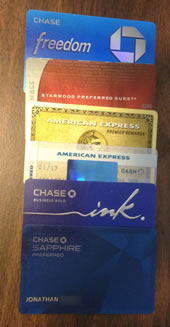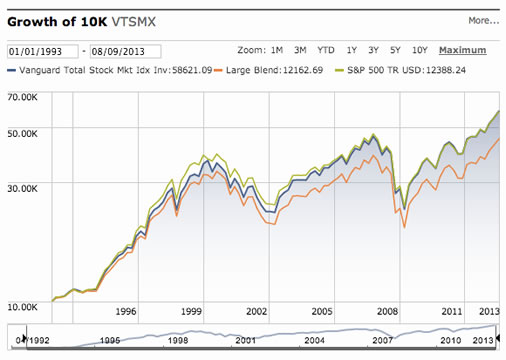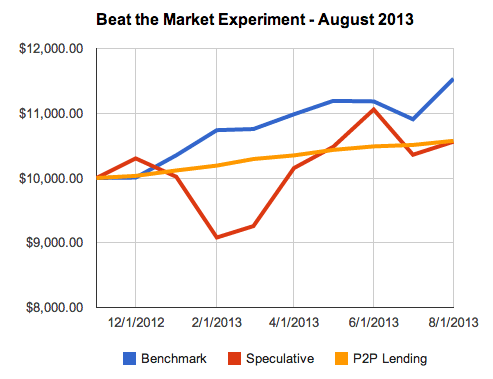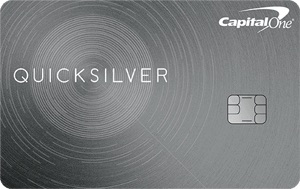 (Updated: Added details about newly-available Roku app.)
(Updated: Added details about newly-available Roku app.)
Redbox, famous for their $1 DVD rental kiosks ($1.20 now), recently launched a movie streaming service called RedBox Instant by Verizon. We like their kiosks and the fact that you can browse DVDs first and reserve them online before going to pick them up. There is currently a 1-month free trial that includes 4 free DVD rentals, so we paused our Netflix subscription (easy to pause, skip a month or more, and reactivate later) and signed up to try it out.
Redbox Movie Streaming Review
 Perkstreet Financial started in 2010 as a plucky internet bank start-up that told us credit cards were dangerous and unethical, and you should use a trusty debit card instead. They offered attractive features like 2% cash back on all purchases and 5% cash back on special categories. But then new laws were enacted that limited debit card merchant fees, and Perkstreet took a hit to their main revenue source. On August 12th, they announced that they were shutting down. Oh, and all that cash back “Perks” that their customers earned? Gone with zero prior notice. *Poof*
Perkstreet Financial started in 2010 as a plucky internet bank start-up that told us credit cards were dangerous and unethical, and you should use a trusty debit card instead. They offered attractive features like 2% cash back on all purchases and 5% cash back on special categories. But then new laws were enacted that limited debit card merchant fees, and Perkstreet took a hit to their main revenue source. On August 12th, they announced that they were shutting down. Oh, and all that cash back “Perks” that their customers earned? Gone with zero prior notice. *Poof*




 One of my more popular posts is about
One of my more popular posts is about  The Best Credit Card Bonus Offers – March 2024
The Best Credit Card Bonus Offers – March 2024 Big List of Free Stocks from Brokerage Apps
Big List of Free Stocks from Brokerage Apps Best Interest Rates on Cash - March 2024
Best Interest Rates on Cash - March 2024 Free Credit Scores x 3 + Free Credit Monitoring
Free Credit Scores x 3 + Free Credit Monitoring Best No Fee 0% APR Balance Transfer Offers
Best No Fee 0% APR Balance Transfer Offers Little-Known Cellular Data Plans That Can Save Big Money
Little-Known Cellular Data Plans That Can Save Big Money How To Haggle Your Cable or Direct TV Bill
How To Haggle Your Cable or Direct TV Bill Big List of Free Consumer Data Reports (Credit, Rent, Work)
Big List of Free Consumer Data Reports (Credit, Rent, Work)